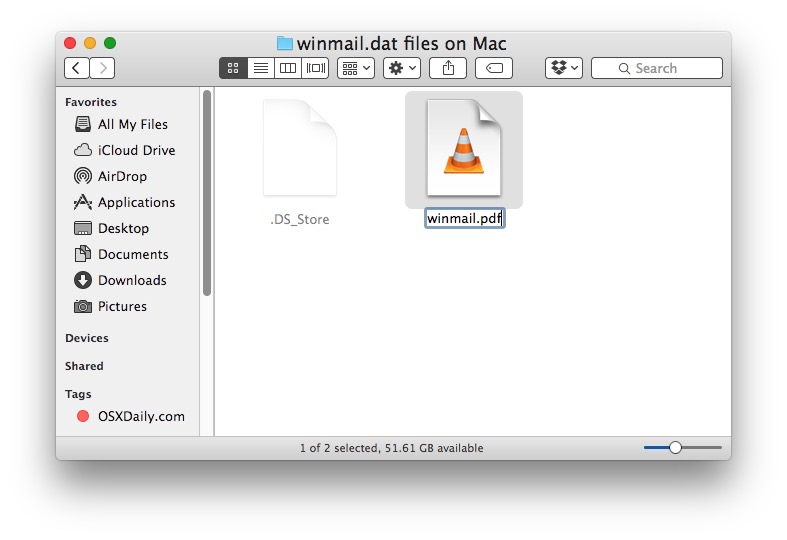Looking for a way to open an .ISO file on your Mac? ISO files are often used to distribute bootable utilities for DOS, Windows, Linux or other operating systems. In this tutorial we’ll show you 3 easy ways to open and mount ISO file on macOS High Sierra.
Method 1: Open and Mount ISO file on Mac with DiskImageMounter
- To start, open a Finder window and navigate to the location of your ISO file, then right-click on it and select “Open With” -> “DiskImageMounter (default)“.
- A new drive will now appear on your desktop. You can double-click it to open the drive and view the contents of your ISO image.
- When you no longer need to access the mounted drive, just right-click on it and select Eject.
Open Fighting Mac Os 11
Method 2: Open and Mount ISO file on Mac Using Disk Utility
First, install Toast 5 Titanium if you have Mac OS 8.6 to Mac OS 9.2.2. For Mac OS 8.5 and below (down to Mac OS 7.5.1), install Toast 4. DiskCopy, bundled with late classic Mac OS versions, opens Apple's own distribution disk images such as file names that end with '.img'. It's worth noting that just because you could once mount a.img file.
Open Fighting Mac Os Catalina
Repairing, Restoring, or Reinstalling Mac OS X Software If you have a problem with your Mac software or hardware, Mac OS X provides repair and restore utilities that may eliminate problems and can even restore your software to its original factory settings. You can access these utilities from the Mac OS X Utilities application, even if your computer isn't starting up correctly. MacOS Server brings even more power to your business, home office, or school. Designed to work with macOS and iOS, macOS Server makes it easy to configure Mac and iOS devices. It’s also remarkably simple to install, set up, and manage. Add macOS Server to your Mac from the Mac. This site contains user submitted content, comments and opinions and is for informational purposes only. Apple may provide or recommend responses as a possible solution based on the information provided; every potential issue may involve several factors not detailed in the conversations captured in an electronic forum and Apple can therefore provide no guarantee as to the. I want to open the port 25 of my Mac, so I edited the file /etc/pf.conf. MacBook-Pro-de-nunito: calzada$ more /etc/pf.conf # # Default PF configuration file. # # This file contains the main ruleset, which gets automatically loaded # at startup. PF will not be automatically enabled, however.

- Click the “Finder” icon in the dock. select Applications in the sidebar, then double-click the Utilities folder and then double-click Disk Utility.
- Once Disk Utility is open, click the File tab on the menu bar and then select Open Disk Image.
- Next, select any ISO image you want to mount, and click Open.
Method 3: Open and Mount ISO file on Mac Using Terminal
- Open up a Terminal window and you can mount an ISO image by executing the following command. Note down the name of the destination mount point (e.g. /Volumes/PCUnlocker) as we need to use it to unmount the disk.
hdiutil mount ~/PathToYourISO/filename.iso - When you no longer need to work with the ISO, here’s how to unmount it:
hdiutil unmount /Volumes/mount-point
That’s it!